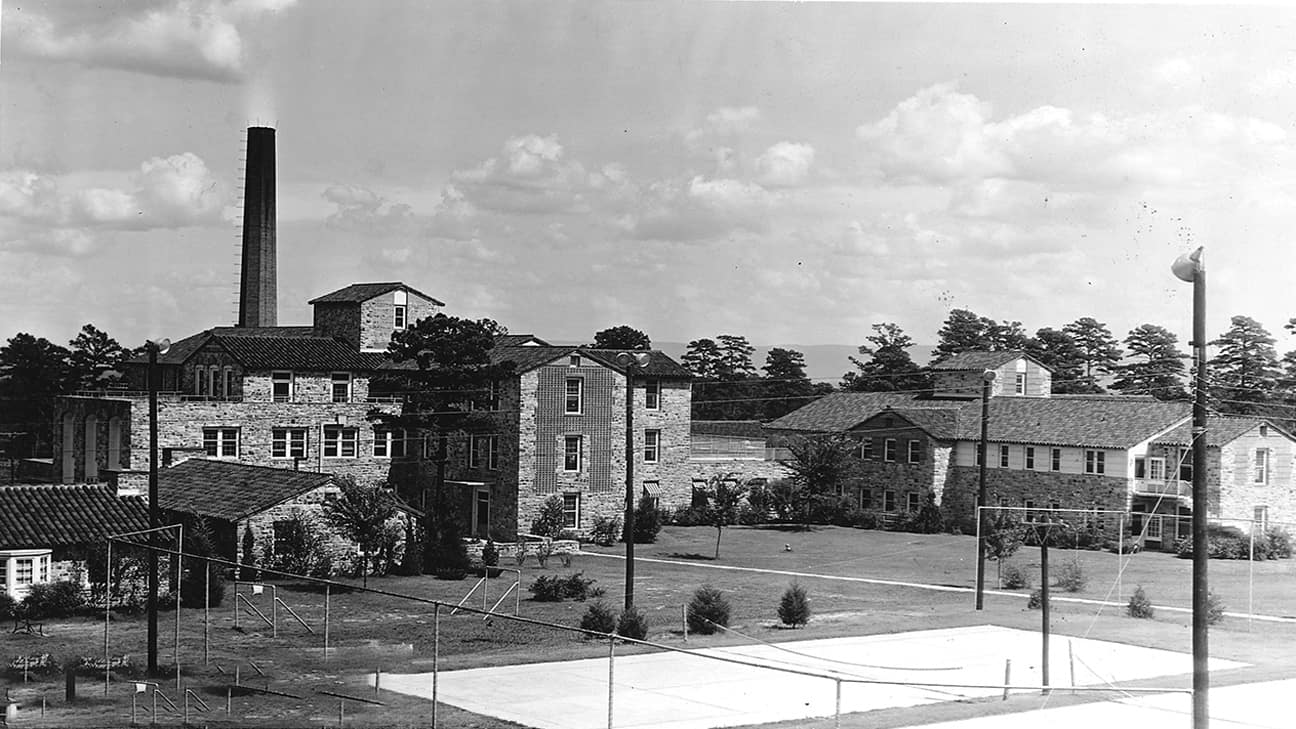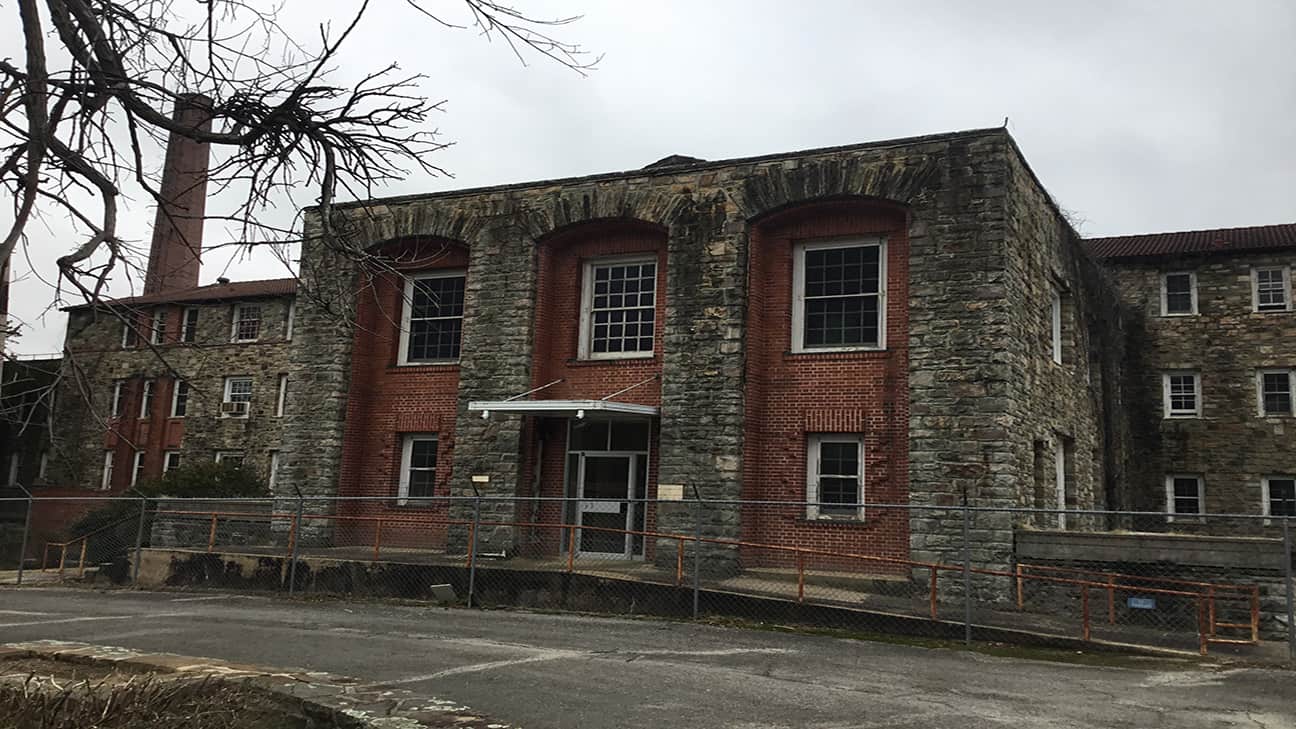
The original sanitarium built at the campus was built in 1917 and later the Old Hospital was constructed in 1937. When the Old Hospital opened in 1938 it had 225 beds with over two-thirds of them dedicated to the treatment of tubercular Choctaws and Chickasaw tribal members.
EPA awards nearly $2 Million in cleanup and climate grants to Choctaw Nation
Published February 1, 2024By Chris Jennings
The Choctaw Nation has been awarded $2 million in federal grant money from the Environmental Protection Agency (EPA).
The Nation received $1.57 million in Brownfields funding to assess and clean up abandoned properties and a $400,000 Climate Pollution Reduction grant to reduce greenhouse gas emissions.
“The Choctaw Nation is a reliable partner with a strong environmental program that is well prepared to leverage these grants, made possible by the historic amounts of funding available through the Biden-Harris Administration’s Investing in America agenda,” said Regional Administrator Dr. Earthea Nance. “EPA is proud to continue working with the Nation on restoring abandoned Brownfields properties and finding solutions for the climate crisis.”
One of the grants received is specifically targeted to cleaning up Brownfields properties.
A brownfield property is a location where its reuse may be complicated by the presence or potential presence of a hazardous substance, pollutant or contaminant.
The Choctaw Nation will use the Brownfields grant for several projects, including site assessment and cleanup of the Old Talihina Indian Hospital Campus.

The old hospital in Talihina contains several of these types of hazards, including lead-based paint and asbestos used in the insulation.
The hospital was built in 1937 as a tuberculosis sanatorium for the Choctaw and Chickasaw Nations. The Choctaw Nation took over the administration of the hospital in 1985. The Choctaw Nation opened a new hospital in 1999, and now the old hospital sits empty.
Another main goal of these grants is to develop plans and set goals to reduce greenhouse gas (GHG) emissions. A big part of this will be community engagement, informing them of ways they can help with GHG emissions.
A small family can have a big impact by switching to LED lights. According to the U.S. Department of Energy, the use of LED lighting has a large potential impact on energy savings in the United States.
By 2035, most lighting installations are expected to use LED technology, which would be equal to the annual energy output of over 92 different 1,000-megawatt power plants.
Recently, the Choctaw Nation has begun implementing some energy-saving conservation methods among its buildings.
Some steps include setting heating and cooling temperatures in Health, Commerce and Government buildings.
This is especially important when those buildings are not in use and could result in a 3% yearly savings for each piece of equipment, resulting in greater overall savings annually.
By working with the EPA, the Choctaw Nation ensures its residents have clean air and water. It also shows the Nation’s dedication to the healthy future of not just its tribal members but everyone who resides in the Choctaw Nation.
“Choctaws understand the importance of being good environmental stewards,” said Choctaw Nation Chief Gary Batton. “Support from the EPA enables us to continue implementing sustainable practices that benefit both our tribal members and the surrounding communities, making a lasting impact on the well-being of our people and the land we call home.”